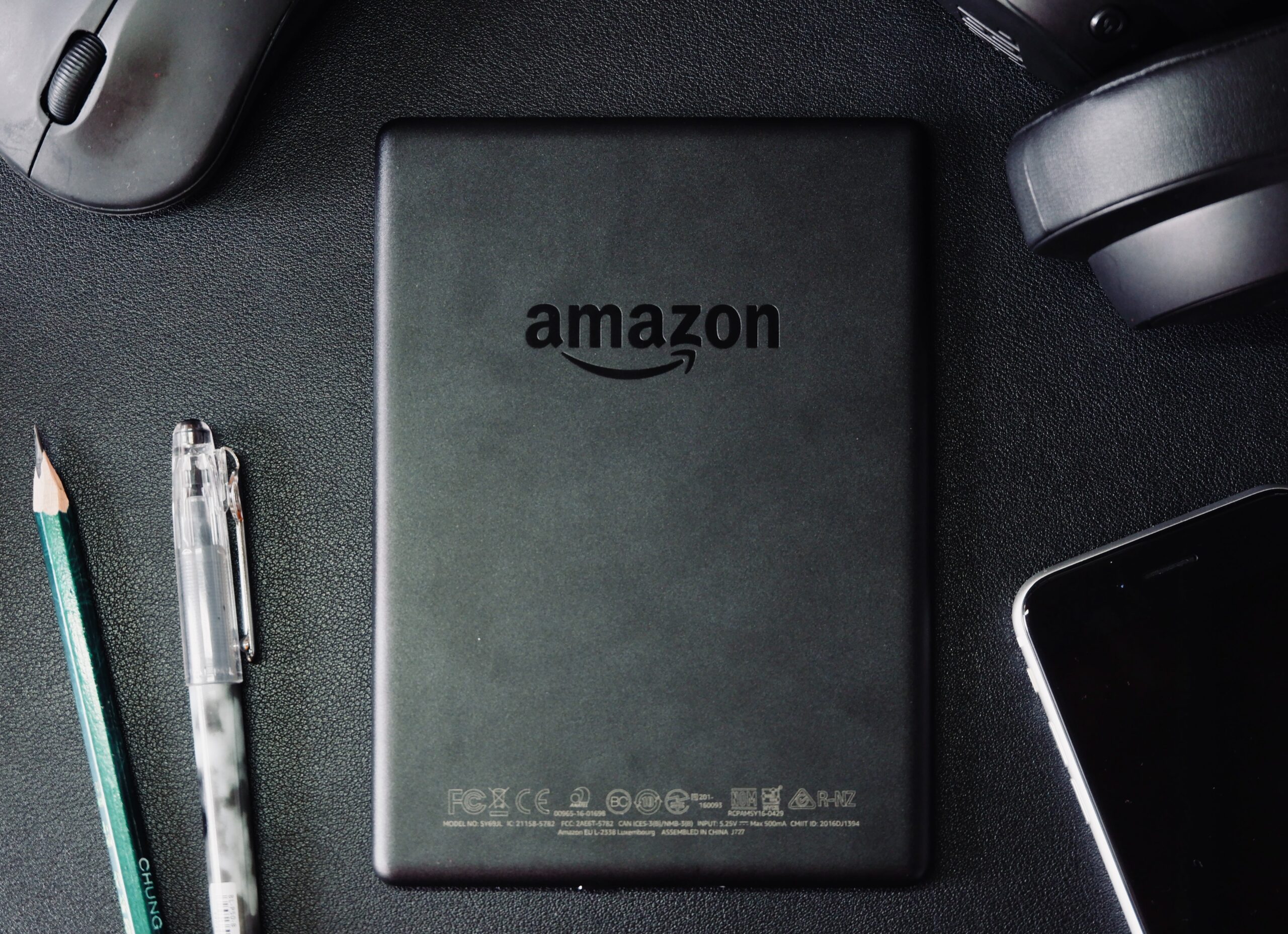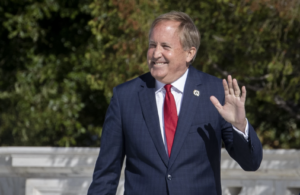When asked about the American Innovation and Choice Online Act three months ago, Senate Majority Leader Chuck Schumer reaffirmed his commitment to the sweeping tech antitrust bill. “Sen. Schumer,” his office said, “supports the Judiciary Committee endorsed legislation that promotes small business and innovation.”
After years of watching a small cabal of unaccountable corporations take control of a growing swath of American commerce, a bipartisan group of senators finally had enough. The United States Senate had a bill ready to regulate big tech.
Currently, America’s four technology giants (Amazon, Google, Apple and Meta) can favor their own products and services over those of small businesses. That means an independent brand selling on Amazon can find itself below an Amazon-manufactured product in search rankings – despite seemingly better reviews and prices. Lower search rankings translate to lower sales.
Critics argue that this dynamic coerces small businesses into giving more money to the platform through advertising to boost their search results. The American Innovation and Choice Online Act, championed by Sen. Amy Klobuchar (D-MN), would level the playing field and restrict large technology platforms from this type of self-preferencing.
The impact could be huge.
Some analysts now argue that Amazon’s advertising revenue masks otherwise unprofitable retail operations. In 2021, Amazon recorded $31 billion worth of advertising sales, while the company’s retail operations recorded $6.3 billion of operating income. “Without advertising,” MarketPlace Pulse concluded, “Amazon is a retailer operating at a tens-of-billions dollar loss.”
Given that the legislation is seemingly an existential threat to their core business models, technology companies and their industry allies have unleashed a barrage of lobbying activity. High-level executives are lobbying Congress, with Amazon CEO Andy Jassy personally calling senators and Apple CEO Tim Cook meeting lawmakers one-on-one at the Capitol. According to Bloomberg, in the first three months of 2022, the four technology giants identified antitrust regulation as their top legislative priority. So far, they have spent $16.7 million to defeat it. Technology industry trade groups spent upwards of $22 million on television advertising during a single week in May.
Senator Schumer, whose two daughters work for separate tech giants, has continued to support the bill in statements while postponing the vote. Speaking to donors last week, Schumer claimed that tech antitrust doesn’t have enough support to pass, contradicting the bill’s sponsors, who say they have 60 votes lined up.
The postponement is a victory for the technology giants, as it’s widely believed that the bill faces dire odds if it isn’t passed this summer. While Schumer delays, American small business owners are stuck operating in an increasingly exploitative system. “I just think Amazon is doing a big Ponzi scheme,” a Fulfillment by Amazon consultant told More Perfect Union in a phone interview.
In a typical Ponzi scheme, a company promises investors exceptional returns. The returns aren’t paid with profit from business activities but with money from newer investors. In this version, Amazon promises small business owners and prospective entrepreneurs a path towards economic independence, only to quickly find that Amazon uses its power to pit small firms against each other – enticing or forcing firms to spend more and more money with the company.
In Amazon’s scheme, the only one getting paid is the firm at the top – Amazon.

In 2021, Amazon.com accounted for more than half of all American eCommerce sales. Although the consumer may not know it, the company was merely a facilitator for 60% of those transactions. For goods sold through the Amazon Marketplace, Amazon does not own inventory or pay for storage costs of a product. It connects a buyer to a seller and charges a fee for the service. In 2021, Amazon facilitated $390 billion worth of third-party transactions. That’s three times the value it processed in 2018 and more than double what eBay and Walmart.com processed during the same time, according to MarketPlace Pulse.
What explains the rise of third parties on Amazon? From Amazon’s perspective, it was a way to increase sales volume and product offerings while eliminating risk. The company can offer nearly any imaginable item without spending a dollar on inventory or storage costs. For third-party sellers, the attraction is Amazon’s market power through its Prime service. Nearly 50% of Americans pay the $139 annual fee to join Amazon Prime. Each month, Prime members account for over 223 million visits to Amazon.com. “Entrepreneurs have two choices to build an e-commerce business,” Marketplace Pulse CEO Juozas Kaziukėnas told More Perfect Union in an email. “Sell on Amazon or build a [direct-to-consumer] brand, typically on Shopify.”
For consumers, the Prime program signals free 2-day shipping. For sellers, a Prime badge is effectively a prerequisite for success on the platform. The common wisdom is that a Prime badge increases sales by 30-50% – wherein lies the problem. From a seller’s point of view, the structure of Prime essentially requires them to spend an ever increasing amount of money on Amazon services, most notably fulfillment and advertising.
For products to qualify for the Prime program, sellers must use Fulfillment by Amazon (FBA) or register for “Seller Fulfilled Prime.” FBA is Amazon’s own 1,200-building logistics network. With FBA, sellers pay Amazon to store and ship their products from Amazon facilities to consumers. The Seller Fulfilled Prime option allows sellers to ship products directly from non-Amazon warehouses. “It’s very hard to get into,” the FBA consultant told us. As of July 2022, Amazon no longer accepts Seller Fulfilled Prime applications. Today, if a new seller wants access to Prime customers, the only option is to pay Amazon for fulfillment services.
“Fulfillment by Amazon has kind of become a drug,” the FBA consultant said. The infrastructure underpinning it is truly impressive. Amazon owns the expected facilities – like the 500+ delivery stations that small third-party delivery “partners” use to load up the day’s packages – and the unexpected. Amazon controls 20 airport hubs that shuttle merchandise overnight to distant geographies across America. MWPVL, a leading supply chain consultancy, estimates that Amazon’s distribution network is nearly five times the combined size of rivals Walmart and Target. The infrastructure is fantastic for consumers, allowing the company to deliver Prime-eligible items in two days, but it comes at a cost for third-party Amazon merchants. “They’ve taken control of the e-commerce supply chain.”
That control manifests itself with higher and higher FBA fees. According to research from ISLR, in 2021, $34.5 of every $100 sold through FBA went directly to Amazon. That’s an increase of nearly 81% in under a decade. A survey of over 900 companies from the same organization showed that 62% said it wasn’t possible to build a successful brand on Amazon.
Amazon’s FBA fees can quickly deplete any profit. One houseware brand pays 55% of each sale to Amazon, the FBA consultant told us. “It’s a good profitable business on Walmart.com,” but on Amazon, after fulfillment fees, referral fees, and other miscellaneous expenses, it’s not profitable. “And that’s not even factoring in advertising costs.”
Advertising is a gold mine for Amazon hidden in plain sight. Unlike FBA, which requires real and tangible costs to support, search advertising is essentially all profit for the company. Amazon Web Services, long viewed as Amazon’s crown jewel, generates profit margins of 35%. Industry insiders estimate that Amazon advertising profit margins are above 75%.
Amazon has long placed traditional banner advertisements above search results, but it had never augmented rankings. That changed in 2016, when Amazon started listing sponsored search results above all product searches. This had significant impacts. It’s believed that the top three search results capture nearly two-thirds of all clicks on the site. Its inclusion came after significant internal debate.
On one side of the debate was the retail team. They felt that placing paid listings above organic search results would worsen the customer experience by funneling sales to low-quality products. On the other side was the advertising team, who felt it was an easy revenue stream. In Amazon Unbound, reporter Brad Stone relayed the retail team’s fears through a parable of the scorpion and the frog. In the story, a scorpion gets a frog to carry it across the river on its back, not knowing that the scorpion will sting it the entire journey – killing both. “His counterparts in advertising were the scorpion,” Stone writes. “They weren’t evil, per se, but it was simply in their nature to pervert the more egalitarian playing field of the authentic search results.”
The profit was too great. Despite Amazon’s stated “customer obsession,” the scorpions won out. Jeff Bezos personally signed off on the decision.
The impact on third-party sellers has been disastrous. Amazon search rankings were always somewhat opaque. However, most sellers were convinced that through proper merchandising and quality reviews, a brand could catapult to the top of the results. Now, search rankings are increasingly related to the amount of money a seller spends on Amazon.
For instance, products that can be delivered within Prime windows rank higher in search results. However, since Seller Fulfilled Prime is no longer available, the only way to meet the delivery window is by paying Amazon for fulfillment. Not using FBA will lower a seller’s search ranking and revenue.
Another factor in search results is sales volume. The more an item sells, the higher it will rank in search results. This seems to make sense, since people want to discover popular products. However, an investigation by the Mark Up revealed that Amazon’s search results are biased towards its own products without disclosing it to consumers. “You can’t not advertise anymore,” Jason Boyce, a former Amazon seller-turned-advisor told the Mark Up. The investigation found that not only did Amazon rank its worse quality brands (judging by reviews) higher in search results, but highly rated independent products would plummet down search results if they pulled back on advertising. “It’s pay to play,” Boyce concluded.
In the end, Amazon has created an incredibly popular ecosystem where independent sellers assume nearly all of the risk in exchange for access to hundreds of millions of customers. The system itself isn’t neutral. The best product doesn’t always win. Success is dependent on using Amazon’s own fulfillment network and paying Amazon advertising money because its search results discriminate against those who don’t.
“You got desperate young new companies wanting to be competitive,” the FBA consultant concluded, and so they bid up search results. Deep-pocketed corporations match the price because they have large marketing budgets. It creates a vicious cycle where the only winner is Amazon.



